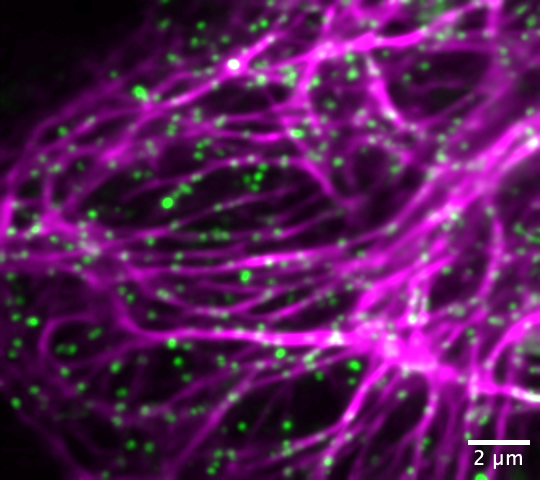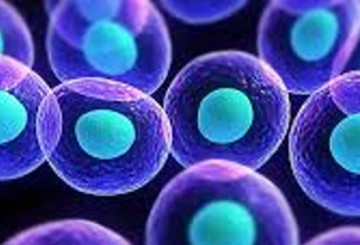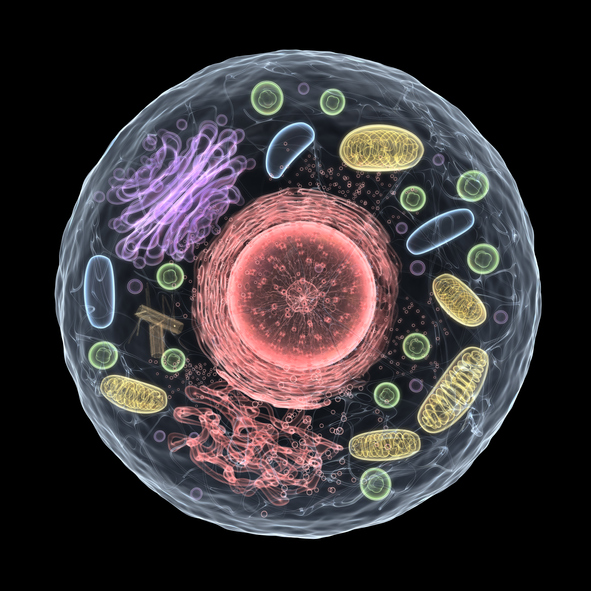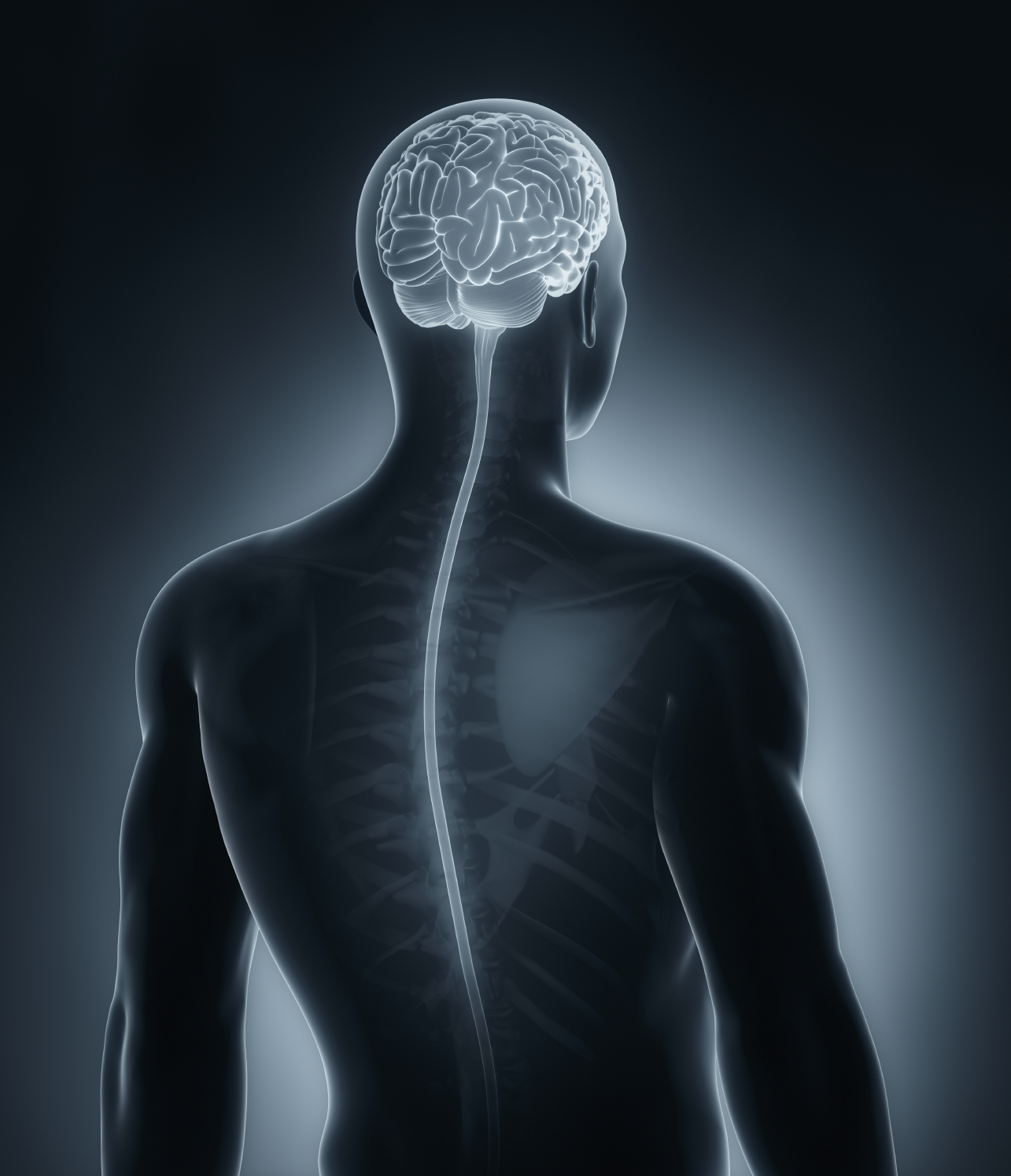Tag: Research
-

Uncovering the Complexities of Cellular Cytoskeletons
Northwestern Medicine scientists have shed new light on the inner workings of some of the finest filament cellular structures, according to a study published in the Journal of Cell Biology.
-

Many Young Adults Have High Long-term Risk for Cardiovascular Disease, Study Finds
A recent Northwestern Medicine study published in JAMA has found that one in seven U.S. adults between the ages of 30 and 59 years have a high 30-year risk for cardiovascular disease.
-

Protein Implicated as Driver of Lung Cancer
Northwestern Medicine scientists have uncovered how a testis-specific protein contributes to tumor growth and progression when it is mis-expressed in lung cancer, according to a study published in Science Advances.
-

Fewer Long-Distance Runners Die of Cardiac Arrest, Study Finds
Fewer long-distance runners are dying from heart problems during organized races, according to a new study published in the Journal of the American Medical Association.
-

Sugary Drinks Linked to Gut Bacteria Changes and Diabetes
Sugary drinks have been linked to changes in the gut microbiome and higher diabetes risk in Hispanic and Latino populations, according to study published in Cell Metabolism.
-

Northwestern Launches Pioneering Medical Research Institute With $10 Million Gift From Trustee Kimberly Querrey, Bringing Her Total University Giving to $391 Million
Northwestern University Trustee Kimberly K. Querrey has made a $10 million gift to create and enhance the Querrey Simpson Institute for Regenerative Engineering at Northwestern University.
-

ALS Drug Effectively Treats Alzheimer’s Disease in New Animal Study
A small-molecule compound developed by Northwestern scientists improves neuron health in animal models of Alzheimer’s disease, according to a new study published in PNAS.
-

Study Identifies Link Between Body Clock Disruption and Metabolic Disease
Northwestern Medicine investigators have discovered how disruptions in circadian rhythm in our muscles combined with poor diet can contribute to the development of diabetes, according to a recent study published in Proceedings of the National Academy of Sciences.
-

Investigating Cytoskeletal Filament Formation
Scientists have uncovered new details about cellular filaments that play a critical role in wound healing, according to a study published in the Proceedings of the National Academy of Sciences.
-

Improving Patient Screening for Housing Instability
Using electronic health record data to measure how frequently someone changes their residential address may be an effective tool to screen for patients who may be experiencing homelessness, according to a Northwestern Medicine study published in PLOS One.






